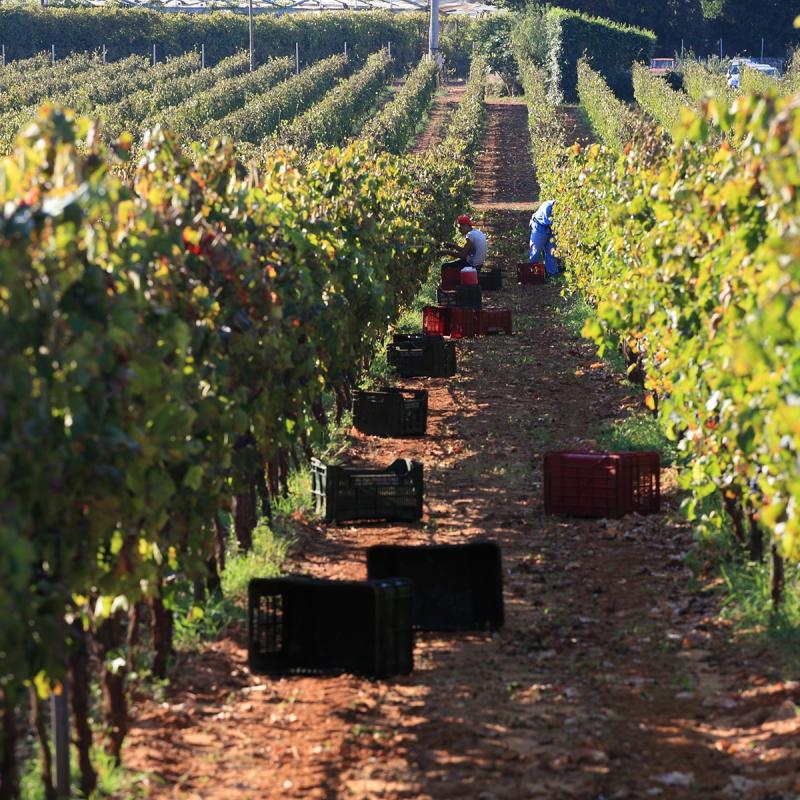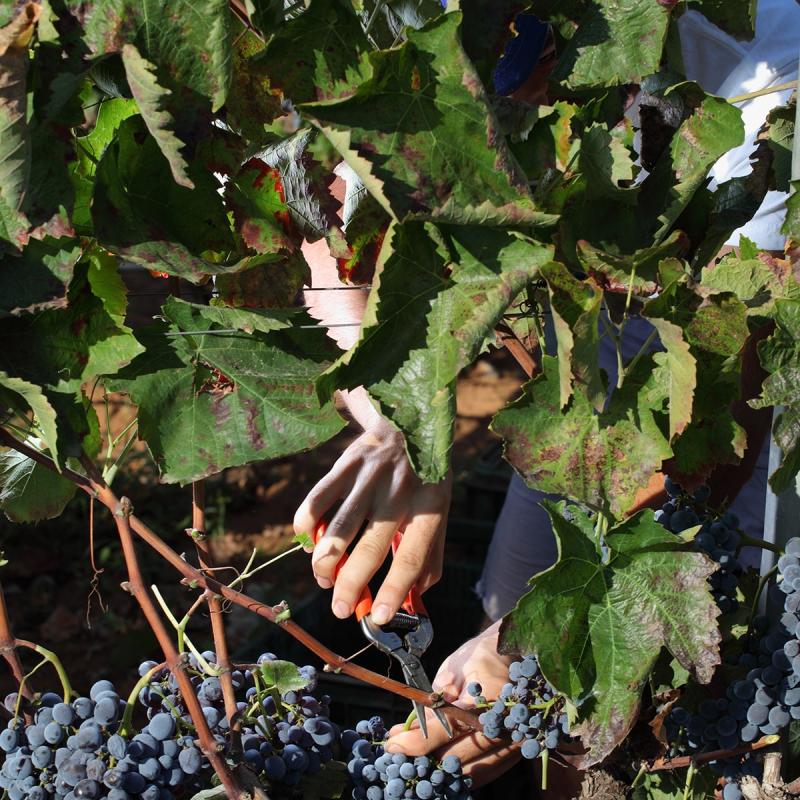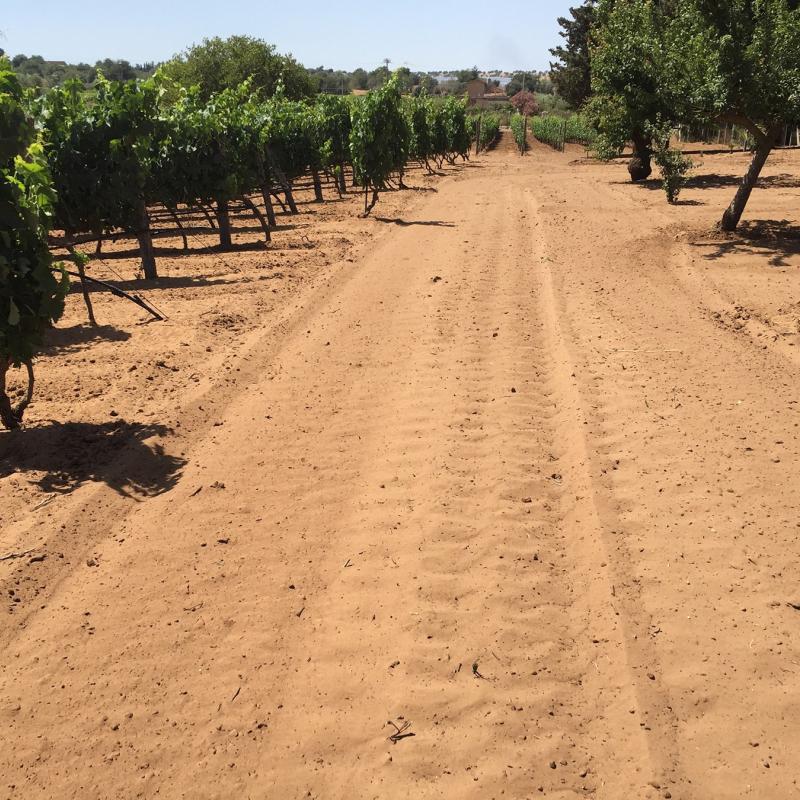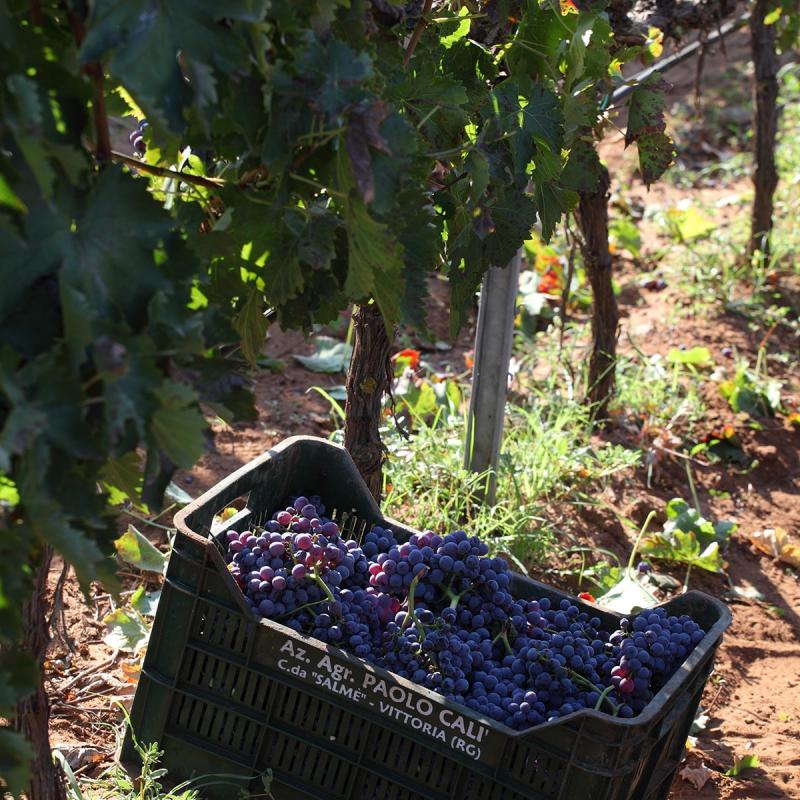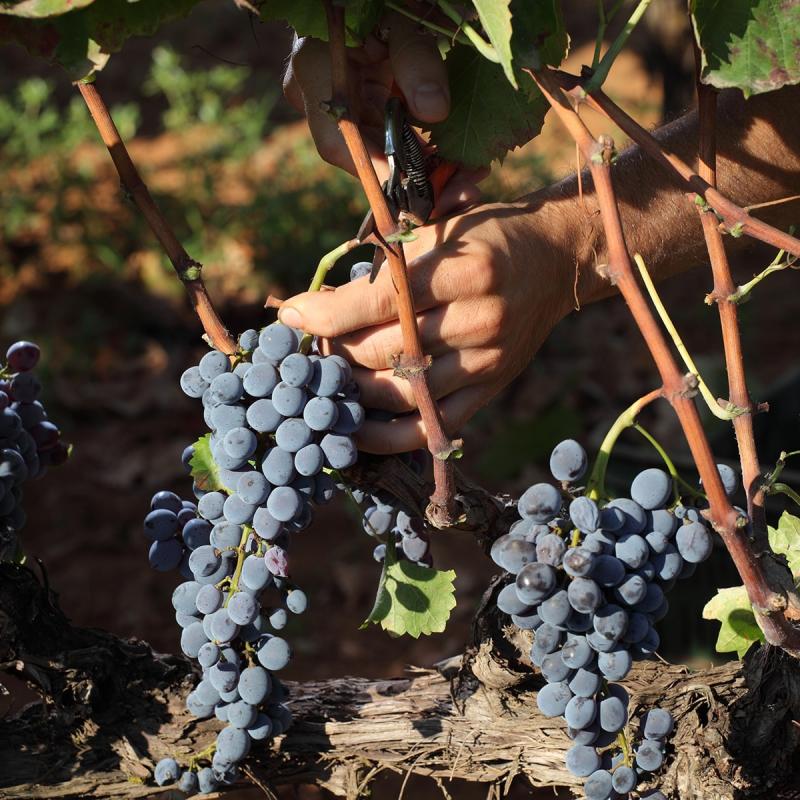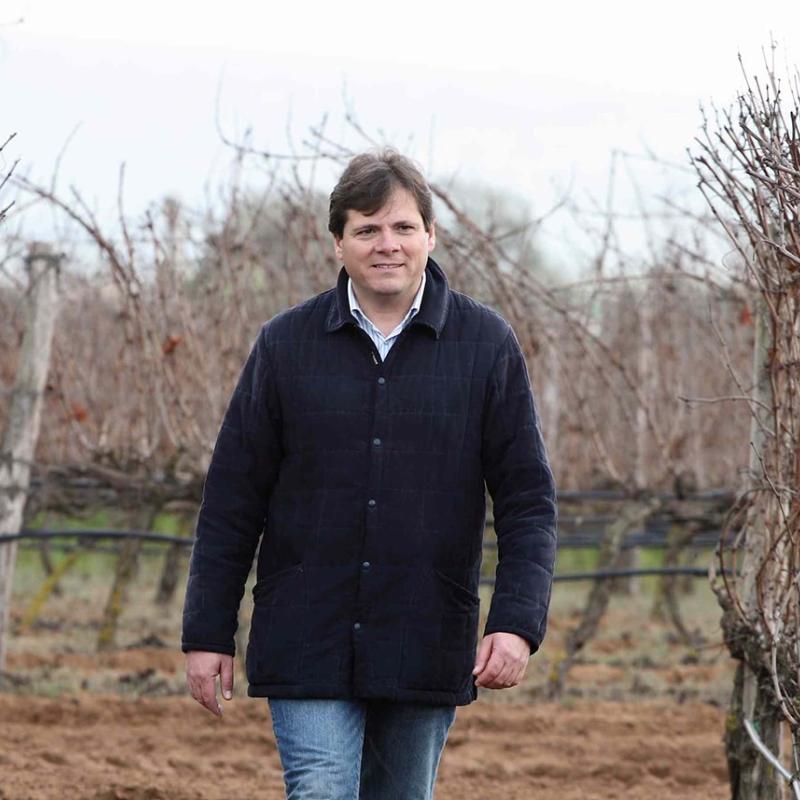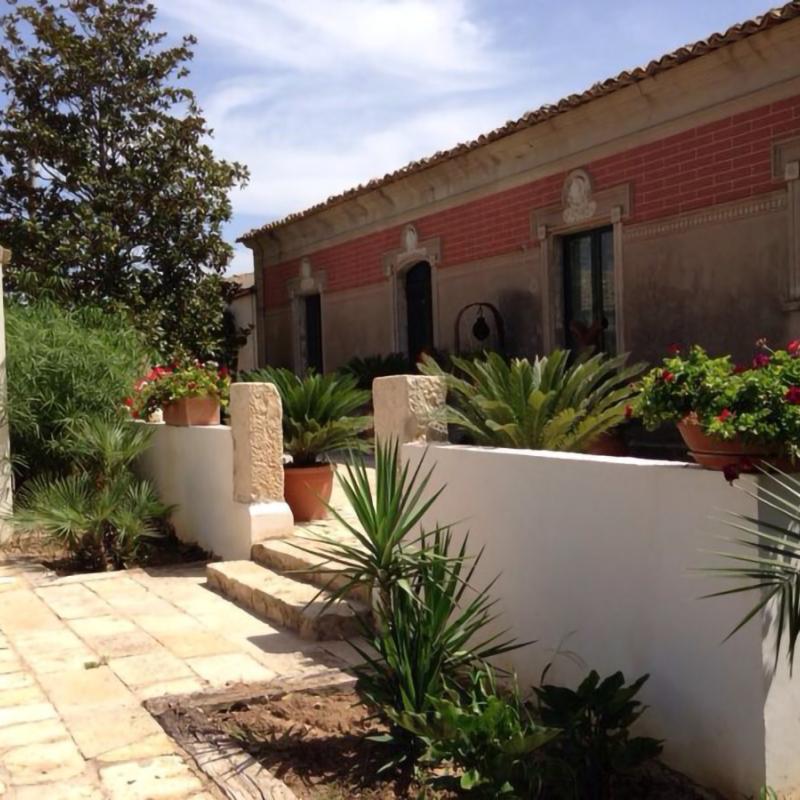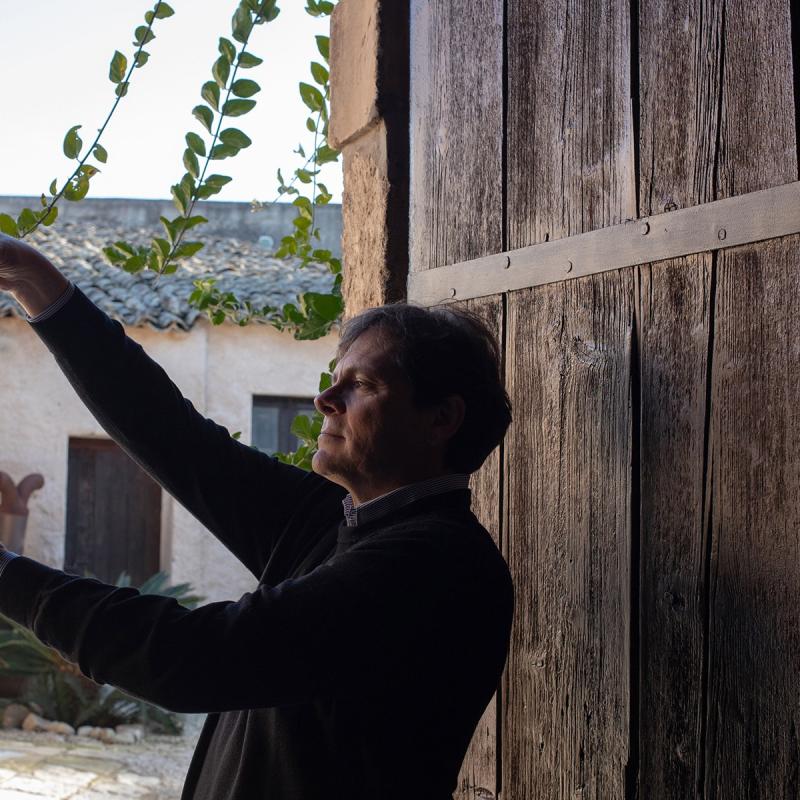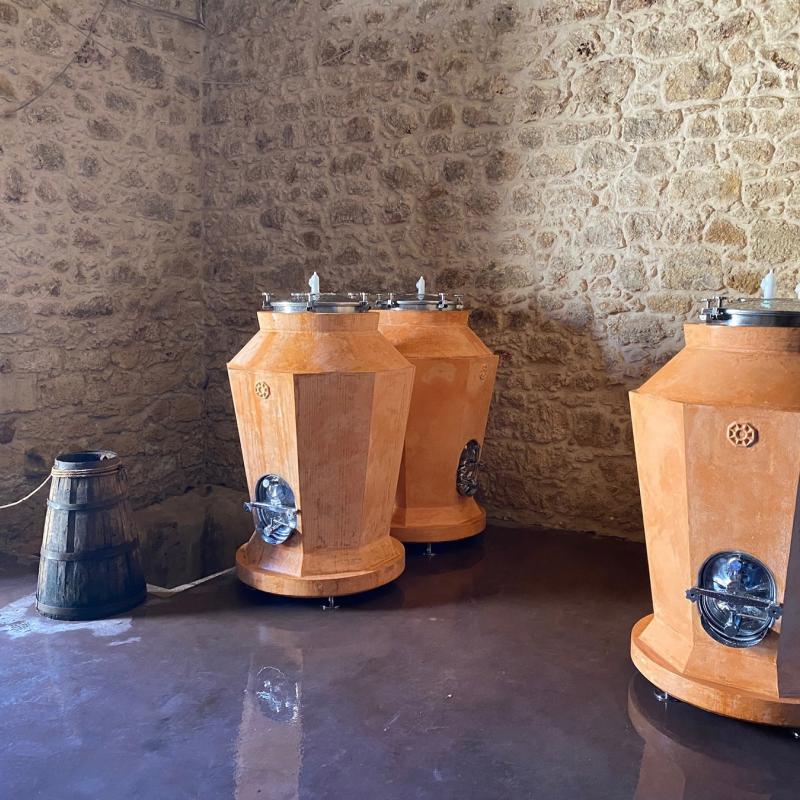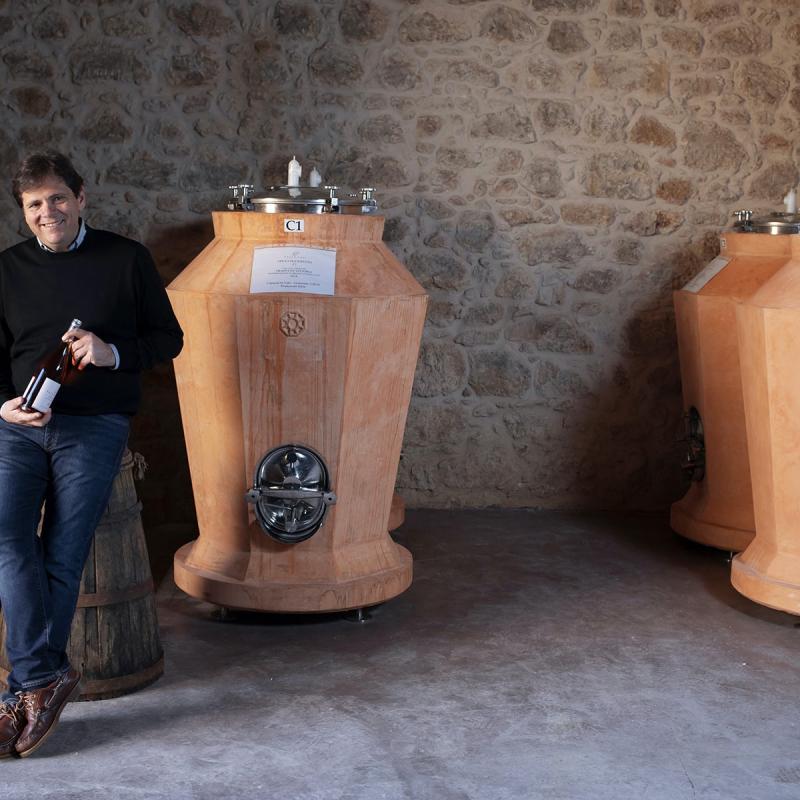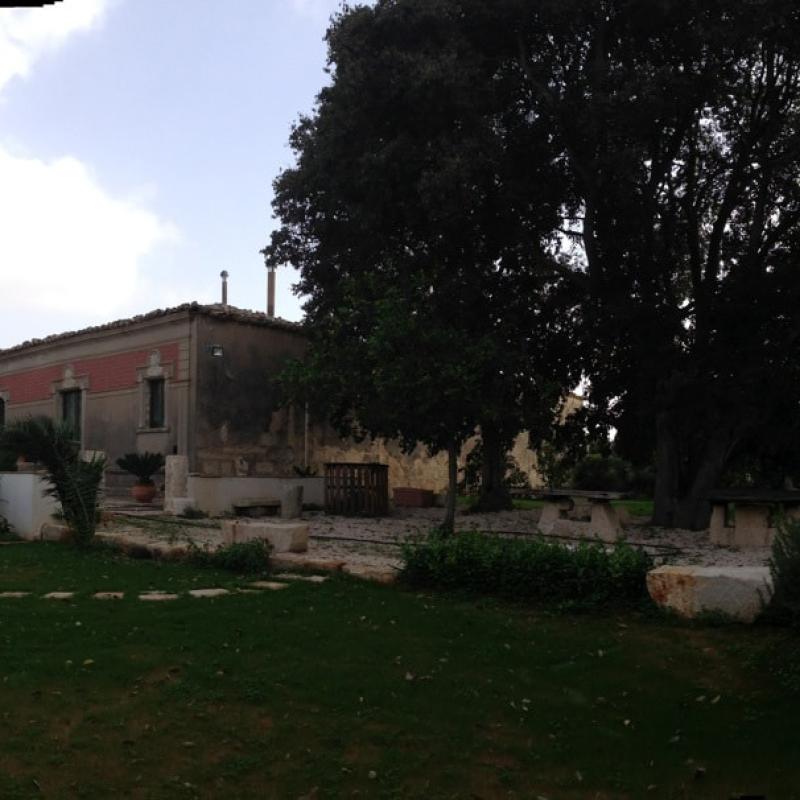It’s not often that you taste a set of wines and even before you’ve got to the last bottle, you’ve decided to import them before anyone else does. This happened a few weeks ago at Define HQ when we tasted Paolo Calì’s wines.
Sicily has become one of the most requested regions in all of Italy. It’s more of a continent than an island and has a huge diversity of terroirs from different climates east to west, north to south. Paolo is based in Vittoria in the south east corner, which is further south than Tunis. He makes his wine on the prehistoric marine sand dunes, right next to popular winegrower force of nature Arianna Occhipinti, where warm air circulates up from Africa. His focus is Cerasuolo di Vittoria, an area that often goes under the radar. Some people mistakenly think it’s a grape variety over a wine, but it’s made from two native varieties, Frappato (nicknamed Sicily’s Beaujolais) and Nero d’Avola. Surprisingly, it’s the only region in Sicily to have DOCG status (the highest quality denomination), but more and more single vineyard wines with a sense of place and great ageing potential are being made here.
A former pharmacist, Paolo established the estate in 2001, but his family had owned the land for over three centuries. He combines a knowledge of chemistry and biology with his love of oenology and viticulture. Believing that great wine is made in the vineyard, he dedicates himself to his vines, and only grows native Sicilian grape that thrive in this terroir. The whole range is equally exciting, from a 100% Frappato and 100% Nero d’Avola to an intriguing ancestral method pet nat (the ancient way of making sparkling wine). Nero d’Avola is often seen as a workhorse Sicilian grape variety producing rich, ripe, intense, fruity numbers that are easy to knock back. There is always a time and a place for such wines, but in the right hands Nero d’Avola is able to age beautifully and can show a sense of place. Frappato produces lighter-bodied wines that burst with sweet red berries and incense spice. The two combined can produce complex, age-worthy wines, and that is certainly the case here. No intense colour nor jammy flavours - they're all about elegance, tension and fine tannins.
The estate is 100% organic and all vines are hand harvested -not an easy task in sandy vineyards that are that far south. Minimal intervention in the cellar ensures the purest expression of the grapes – whole bunch fermentation, native yeasts, no additions during vinification. Stainless steel is used to keep freshness and aromas, but the single vineyard wines are aged in amphorae for over a year. You won’t find any new wood here, but some wines spend a bit of time in older wood.
I could write more, but essentially these are wines that you’ll want to discover for yourself.
In a recent Vinous.com article, Eric Guido mentioned that ‘Sadly Cerasuolo di Vittoria doesn’t receive anywhere near the level of attention it deserves from consumers’. We’re on a mission to change that. They score highly with several top wine journalists if that’s your thing (Vinous Media, The Wine Enthusiast and James Suckling). When we tasted the three single vineyard wines, we were almost in Burgundy with the elegance and finesse they offered. They are hard not to drink now, but will also reward cellaring for 5+years.
Available Wines
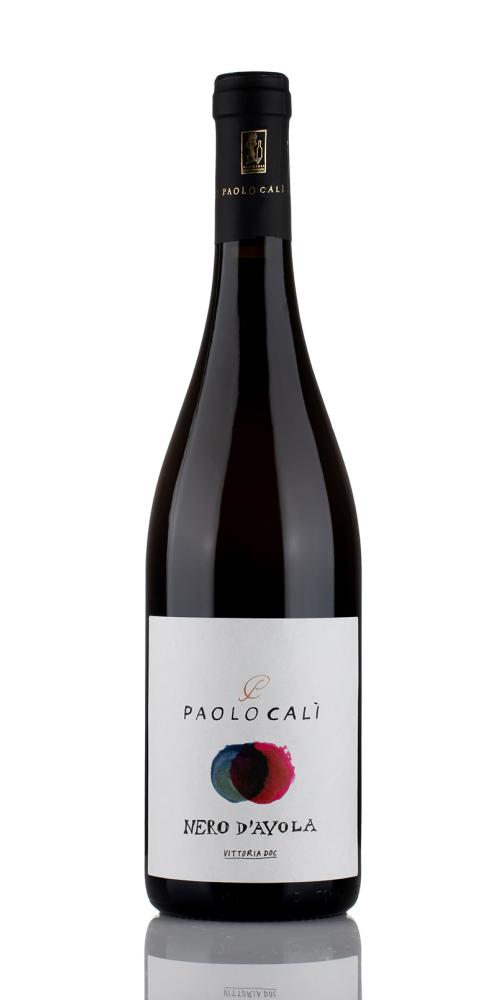
Fuller and richer than the Frappato but still very elegant. Lots of enticing blackberry and vanilla notes on the nose that combine with a meaty, earthy character underneath the ripe fruit. Pretty explosive on the palate, before neatly coming back together with fine but omnipresent tannins, for a long finish. This is serious Nero d’Avola. Perfect with flavoursome pasta dishes, or bbq lamb.
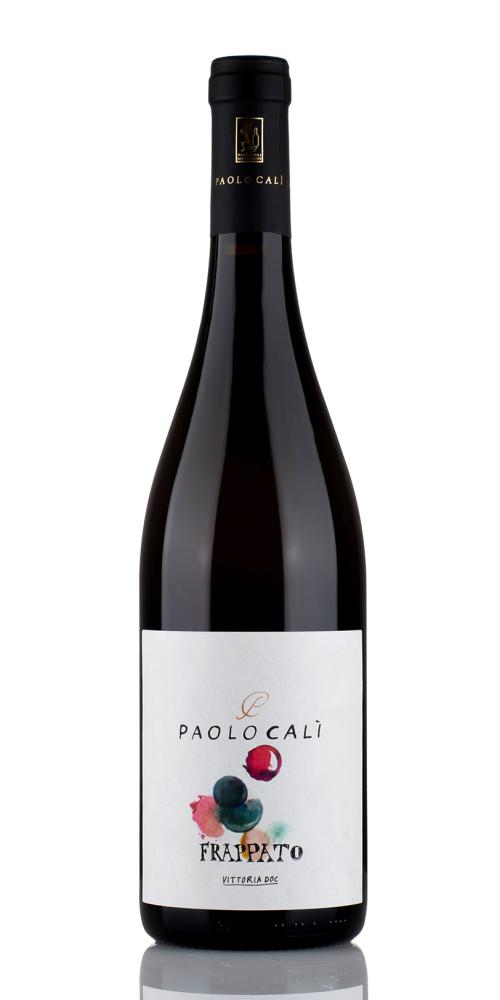
Cherry red in colour, this wine is pure elegance. Pretty aromas of wild strawberries, red cherries develop into floral notes with a hint of balsamic spice and herbs. Supple tannins and balanced acidity give structure and depth. Savoury on the palate but with plenty of juicy red fruit. It is an excellent wine to pair with grilled fish and meats. If you like Pinot Noir, you must give this a try. Best served slightly chilled.
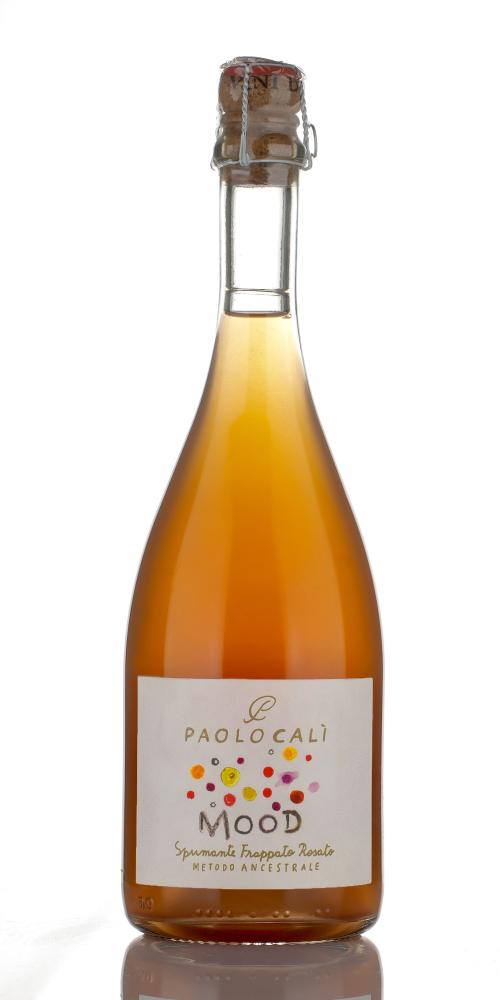
This sparkling rosato (rosé) is made in the ancestral way: a little sugar is left in the wine, the bottle closed and the resulting CO2 produced by the fermentation process can’t escape, so is absorbed into the wine creating the bubbles. This can be tricky to get right, but Paolo has made an exemplary version. From 100% Frappato grapes, it is pale pink in colour, with red fruit aromas aplenty - strawberry, peach, rhubarb and pomegranate. On the palate, it’s racy, mineral and more savoury than the nose belies, with orange zest and red cherry. It’s incredibly moreish and surprisingly long and persistent. The wine is not disgorged (the process of extracting the fine lees from the bottle), which is the reason it isn’t crystal clear and may throw a light sediment. It's all part of the intrigue and complexity. It is an excellent aperitif and pairs well with charcuterie, fried fish and sushi.
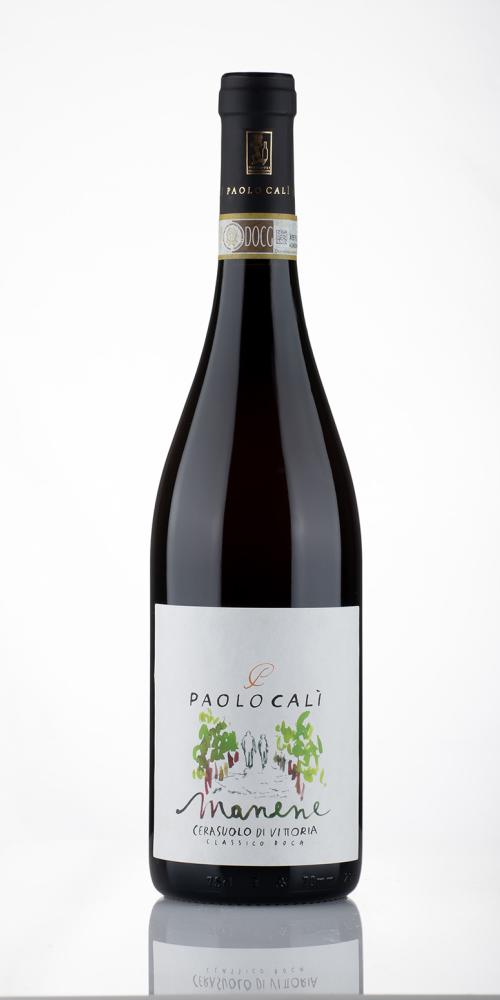
Manene is the signature wine of the the Calì family and the first one they made (named after Paolo’s son). A Cerasuolo di Vittoria that combines the aromatics of Frappato (40%) with the more robust Nero d'Avola (60%). At once more exotic, with sandalwood, spice and a hint of coffee. It opens up to intense blueberry, raspberry and almonds with silky tannins that gently grip. The finish is long and complex. It’s a great pairing for seared tuna, and both red and roasted white meats. Refined, spicy and elegant.
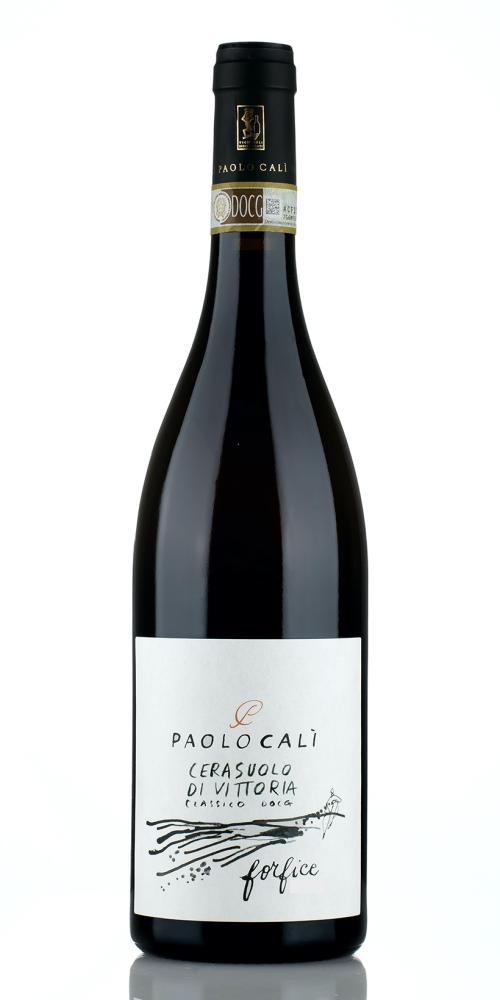
From a field blend in the Forfice vineyard of Frappato and Nero d'Avola, in the sunniest corner of the island. This was almost Burgundian in its weight and elegance – fragrant and lacy with wild berry fruit, violets, cinnamon and sweet spice. It is macerated on the skins for 100 days and aged in Slavonian oak and amphora. Very harmonious with a great balance between lively acidity and flavour intensity. Finely knit, well-integrated tannins. Quite seductive; we were all won over. Great with roasted meats, and aged cheeses.
(Vinous Media 93+)
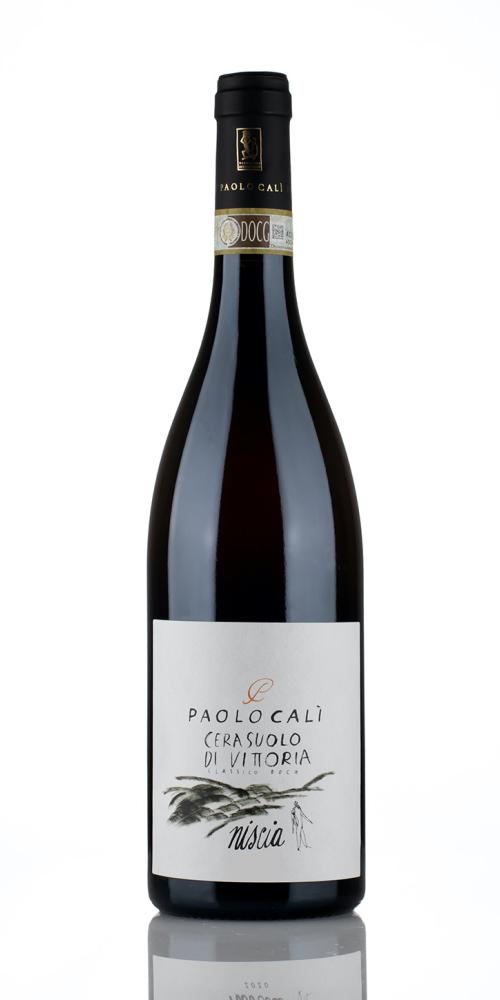
If we’re still in Burgundy, this would be more Gevrey Chambertin, compared to the more Chambolle Musigny above. Dark and broodier; a core of minerality with black cherry, herbs and ginger but still refined and silky. The soil here is more chalky and as a result, the acidity is more pronounced. Lingering balsamic notes and a long, stony finish. Eric Guido describes it as ‘the radiant beauty of the portfolio’. We concur.
(Vinous Media 93)

This vineyard is pure sand and the resulting wine is quite something; everchanging aromas of orange peel, clove, blackberry, cedar with tobacco notes. Then comes more savoury red licorice, soy, umami on the palate. It’s defined by salinity and bright acidity but with ample richness and a very long mineral finish. The tannins are more present, still fine but edgier. The Clos de Bèze of the bunch that will reward patience (2-10 yrs) (Vinous Media 94)
